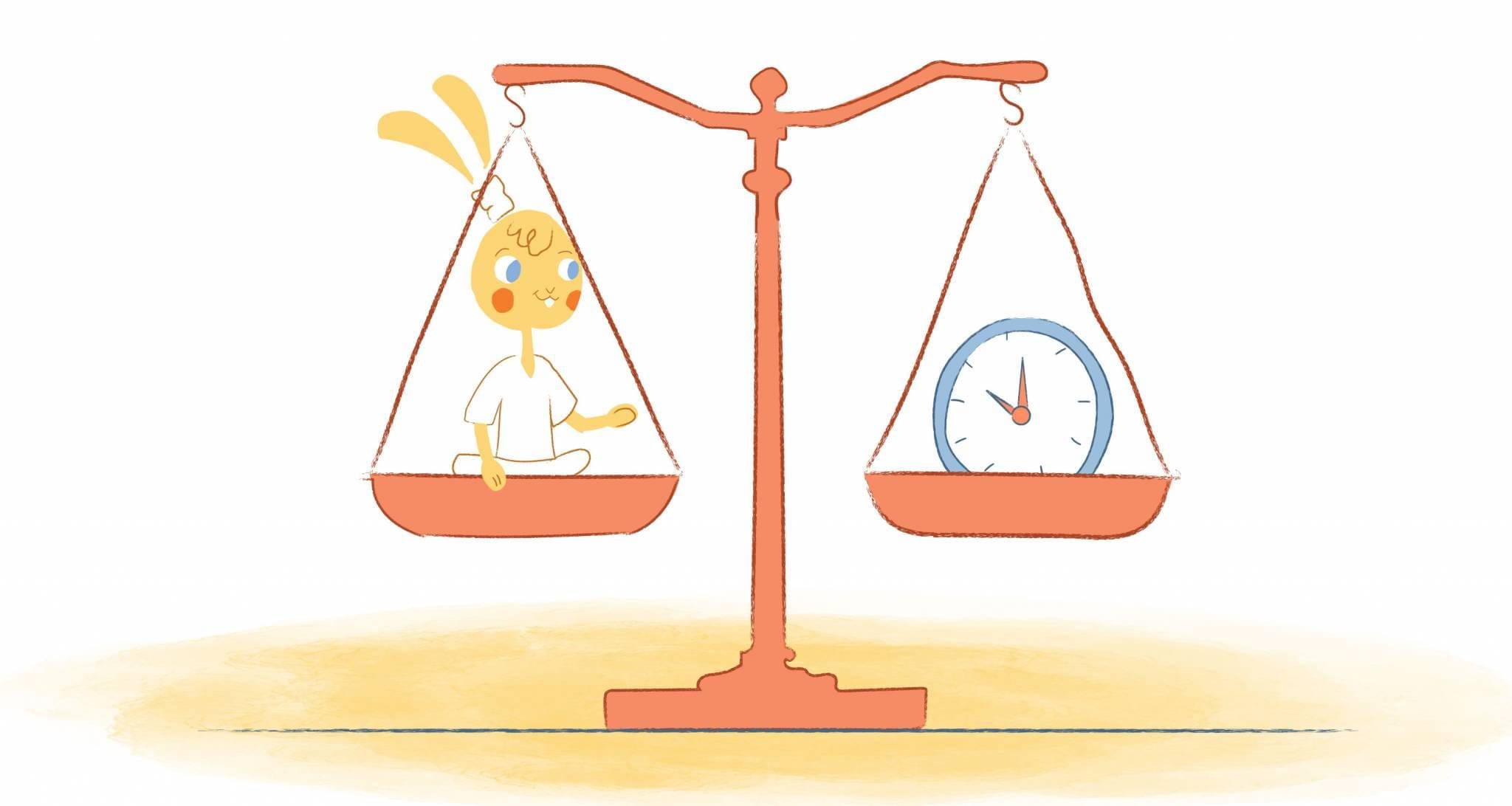

You have a task or assignment to complete that should only take 20 minutes of your time. You begin to work on it, but your phone chimes with a text message from a friend. Then, a Slack message from a coworker asks you to share a document with them. You then start organizing your desktop after noticing all the documents you have yet to file away. Before you know it, that 20 minutes is long gone, and you’ve been reminded to hop on a Zoom call.
If this sounds familiar, you’re not alone! Being distracted is a common problem that many people experience day-after-day. And with more companies going remote, you may find yourself distracted by things that used to grab your attention while at the office. After all, taking the dog for a walk or doing a load of laundry isn’t possible when you’re away from home.
Rather than forcing yourself to stay on task 24/7 and avoid distractions altogether, the key is to set yourself up for success through time management tips. These tips will steer you towards being as productive as possible, lessening the chance of you becoming distracted in the first place. Ahead are four time management tips to consider.
Turn Off Alerts and Notifications
You’re working up against a deadline and see a new email from your boss come through. Or, you’re out to lunch with a client, and a pop-up will appear for someone commenting on your latest LinkedIn post. Or, a Slack thread about a project you’re assisting with is pinging you during a one-on-one meeting with a direct report. If this sounds like your typical day, it may be a good sign that you must turn off your alerts and notifications.
Because while these notifications may be necessary, you don’t always need to know about them immediately. They will still be there when you’re ready to give them your full attention. Turning off notifications can help you prioritize what matters, allowing you to set the agenda for the day. It may lessen your stress levels, too, especially if you already feel your heartbeat increase with each email alert.
But before you snooze all your notifications, consider whether any need your urgent attention. If you’re a parent, you’ll likely want to keep email alerts on from your child’s school, for example. Once these are set aside and you’ve turned everything else off, take a week or two to observe. With fewer alerts on, you may recognize others that you can turn off as well. And the less things grabbing your attention, the more time you have to check items off your own to-do list.
Try the Pomodoro Technique
Don’t let the spelling of “Pomodoro” keep you from trying out this time management method! The Pomodoro Technique is actually a straightforward way to manage your day, breaking it up into sizable intervals. It can help you make the most of your time, which can help increase your sense of self-worth and value. It can also help you plan and think ahead, setting aside more time for the tasks that typically take longer to complete.
Sold? Here’s how to try out the Pomodoro technique for yourself. First, select a task from your to-do list for the day. Then, set a 25-minute timer and work on the task for this chunk of time. When time is up, take a 5-minute pause to stretch, grab some water, or go to the bathroom. Then, start on your next 25-minute task and repeat this process for the next hour before taking a longer break.
The Pomodoro Technique is similar to time blocking but on a smaller scale. While you plan out your entire day with time blocking, the Pomodoro Technique allows for room to pivot and schedule focus time for specific tasks. This can be great if you find yourself with a free morning without meetings and want to cross some items off your to-do list. Use your calendar of choice, whether that’s Apple iCal, Google Calendar, Microsoft Outlook, or Calendar.com, to set 25-minute blocks. Doing so will help you stay on track with your working and rest periods.
Allow for Breaks Throughout the Day
Nobody expects you to sit at your desk for eight hours straight. Most workers tend to only give themselves a lunch break, and even many will admit they eat at their desks. Setting aside time for structured distractions can help you remain focused when you really need to be. These micro-breaks can refuel your tank, reenergizing yourself for whatever is next on your schedule.
How do you find the time for these breaks? Look at your schedule at the start of the day and locate when you think you’ll need to reset. A quick walk around the block may be required after a morning when you’re heads-down and working on an upcoming presentation. Or an afternoon of meetings may benefit from a quick snuggle session with Fido.
Speaking of meetings, you may want to consider shortening them if yours are pre-set for 30 or 60 minutes. That way, you can have five to 10 minutes to reset yourself before diving into your next meeting or your next scheduled work block. This can be set up automatically on Google Calendar and Microsoft Outlook.
If you use Google Calendar, go to “Settings” and then “General” and then “Event Settings.” Select “Speedy Meetings,” so all of your meetings are reduced — 30 minutes becomes 25, and 60 minutes becomes 50. If you use Microsoft Outlook, go to “File,” then “Options,” then “Calendar. Select “End Meeting Early” to reduce each meeting time. Like Google Calendar, your 30-minute meeting will become 25 minutes, and your 60-minute meeting will become 50.
Schedule Your Meetings Around Your Productive Hours
Nobody can be 100% productive without any distractions for the entire workday. The key to staying productive is to find the times in your day when you tend to be the most focused. If you’re a morning person, perhaps the first few hours of your workday should be dedicated to solo projects. Rather than waking up and hopping on calls immediately, you can reserve the afternoon hours for meetings.
Alternatively, if you’re a night owl maybe you get a wave of energy as the rest of your team is winding down for the day. Using the 4:00 and 6:00 p.m. block for concentrated work may be most advantageous for you. Once you know the hours in which you thrive, block off your calendar accordingly.
If you’re a manager, let your team know your preferred meeting hours. Sharing this information can motivate others on your team to set aside time for concentrated work, too. Setting meeting times into your calendar will also help group them together. It’s easier to get distracted when you have 30-minute gaps between meetings than having them scheduled back-to-back. Of course, flexibility is also important, so when a client needs to take a call when you’re typically blocked, schedule the call and move on from there.
Takeaways
There are so many things pulling your attention these days that it’s all too easy to get distracted. Once you figure out what is distracting you most, you can set yourself up to avoid or eliminate them as much as possible. Taking structured breaks, including a designated lunch hour, is important and can help you be as productive as possible.
Featured Image Credit: Photo by Andrea Piacquadio; Pexels











Angela Ruth
My name is Angela Ruth. I aim to help you learn how Calendar can help you manage your time, boost your productivity, and spend your days working on things that matter, both personally and professionally. Here's to improving all your calendars and becoming the person you are destined to become!